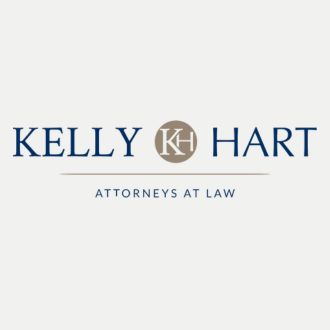Right of Way Encroachments on BNSFBNSF Railway works to be a good neighbor in the communities where we serve customers and our own employees live and work. Keeping an eye on the right of way of BNSF’s 23,795 route miles of track is no easy task. But we view it as an important part of keeping our commitment to our customers and communities. BNSF doesn’t have one program specifically to inspect the right of way for encroachments, but there are several common paths that lead to their identification. The most common is from local BNSF Engineering team members who typically have the most familiarity with the right of way within their territories and are most likely to notice when changes are made inside of what they understand to be BNSF property lines. Top among Engineering’s list of concerns is any potential encroachment that has the potential to endanger the public or railroad operations. Notifications from local governments or adjacent landowners are another frequent source of encroachment/trespassing reports. These categories often include things such as refuse dumping, abandoned vehicles, homeless encampments, and non-permitted structures. The final common source of encroachment identifications are made via BNSF’s lease inspection program where all active leases are inspected periodically. The first step in any encroachment issue is confirming that the property in question actually belongs to BNSF so a title check is run against internal records. In some instances where additional clarification is required a third-party title inquiry is requested. Once it has been confirmed that BNSF is the owner of the property, the next step is to identify the encroacher. If the encroacher's name is not known, BNSF’s resource protection agents are dispatched to the area to determine who is encroaching. Land Vision or the county assessor property GIS can also be useful tools in determining the encroacher. Once the encroacher is identified a letter is sent directing the removal of the structure and vacation of the property. In many cases, the offenders aren’t aware they are encroaching and once it is brought to their attention they are cooperative in its removal. Depending on the situation, especially in instances of permanent structures or modifications such as paved driveways, a lease application is included with encroachment letters. If the encroacher completes and submits the application, the territorial lease manager will work with them to get the encroachment under lease so that the property does not have to be removed. Resolving the encroachment becomes more difficult when the encroacher can’t be identified, disputes property lines, or otherwise refuses to cooperate. Encroachers often assert that, “the railroad told me this was ok,” but rarely have any paperwork or employee name to substantiate those claims. If there is no response from the encroacher following the initial letter, a second (or sometimes even a third) letter is sent before weighing the risk to BNSF in deciding whether to refer the matter to the BNSF Law Department. Initial notifications from the BNSF Law Department contain a request to remove any property modification from BNSF right of way within 30 days, or if BNSF is interested in getting the encroacher under a lease, to return the lease application within the same timeframe. If there is still no acknowledgment by the encroacher, BNSF Real Estate will determine whether or not to pursue legal action. Another frequent encroachment issue BNSF has is when a lessee sells the improvements on BNSF property without notification and the new occupants refuse to enter into a lease. These issues almost always require assistance from the BNSF Law Department to resolve. Solving more difficult encroachments such as homeless encampments often consume substantial resources and may require consultation with BNSF Public Affairs team members who engage local contacts and help locate community resources, as well as with outside counsel with specific expertise. Identifying these issues early is key to resolving them quickly – the longer the property is occupied the more difficult it is to remove the encroachment. Ultimately BNSF would like to resolve all encroachments, but we prioritize the highest risk. At the top of the priority list are encroachments that could present a danger to the public or railroad operations that need quick resolution. We work to handle the variety of property issues as appropriately and sensitively as possible, knowing we’re going to be neighbors operating in these communities for many more years to come.
June 2024 NewsletterReal Estate Section Feature Article  Vacant BNSF property provided enticing overflow parking for a neighboring junkyard. After multiple attempts to get the junkyard to address the encroachment, we had to resort to a threat of legal action for the owner to remove the vehicles. Vacant BNSF property provided enticing overflow parking for a neighboring junkyard. After multiple attempts to get the junkyard to address the encroachment, we had to resort to a threat of legal action for the owner to remove the vehicles.  Metal recycling company encroaching on BNSF property to store scrap metal. This is considered a high-risk encroachment due to the scrap metal becoming an environmental hazard to BNSF property/soil. Metal recycling company encroaching on BNSF property to store scrap metal. This is considered a high-risk encroachment due to the scrap metal becoming an environmental hazard to BNSF property/soil.
|















